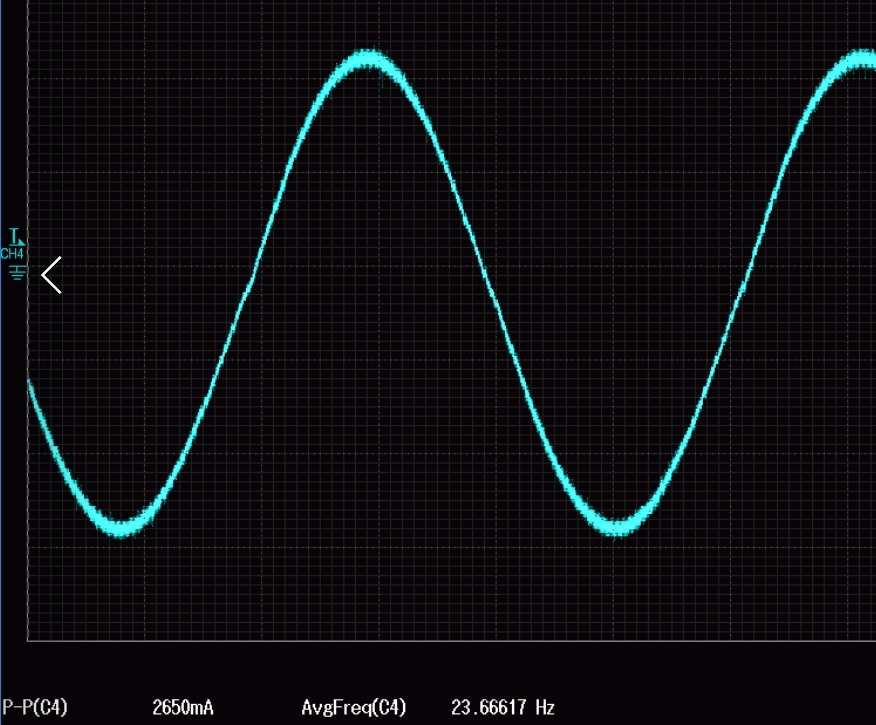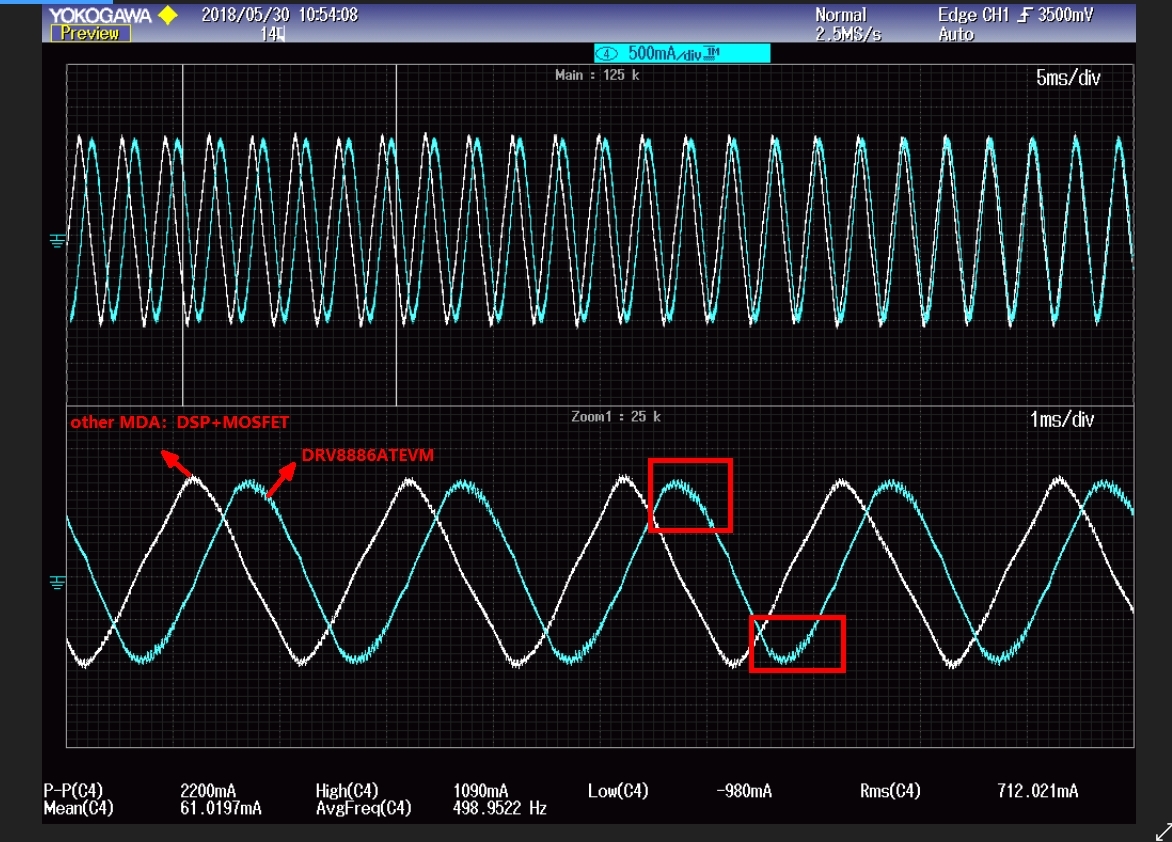Hello.
Now I plan to use the DRV8886AT on the two-phase hybrid bipolar stepper motor driver. the stepper motor full step mechanical Angle is 1.8 °, 12 ~ 28 VDC driving voltage, phase current of 1.3 A, 1.5 Ω coil resistance and inductance 1.25 mH, speed 90 ~ 2100 RPM. and the 2100 RPM corresponds to the current frequency is 1.75 KHz.
In fact we need is: 12 ~ 24V drive voltage, demand rate of 7200 PPS, which is 1080 RPM, current frequency of 900Hz.
But I'm afraid the DRV8886AT can't reach 1080 RPM at 12V, namely the current frequency of 900Hz. I don't know whether it meets the above requirements, 1080RPM. or Could you please recommend other better Sine wave driver IC ?



